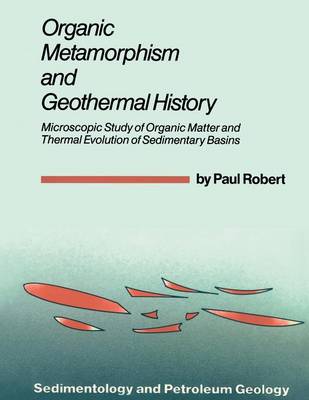Sedimentology and Petroleum Geology
1 primary work
Book 3
The optical studies of fossil organic matter in reflected light have made great progress in recent decades with the development of coal petrology, completed around the end of the 1970s by fluorescence examination. As they are complementary to the studies in transmitted light (palynology) and organic geochemistry developed for petroleum exploration purposes, they have become a much used tool in the recognition of sedimentary thermal transformations. For more than fifteen years within the Elf-Aquitaine Group, these studies have been applied in their various aspects to furnish a better geological understanding of basins during exploration. They have enabled us to define liquid and gas hydrocarbon domains which they differentiate and have also enabled a better characterization of sedimentary environments. Perhaps the most unexpected result of these studies has been to reconstruct the thermal history of the basins. Unforeseen but promising, when deduced from the thermicity of the sedimentary cover, the crust thermicity forms a determining link-element between the deep tectonics and the basin formation. Over the last ten years, the significance of this theme of research has been reinforced thanks to the impressive development of geodynamic studies following the general change in ideas brought about by plate tectonics. The present-day geothermal studies, conducted simultaneously in the oceanic and continental domains, have provided it with an argumentation and richer references.
